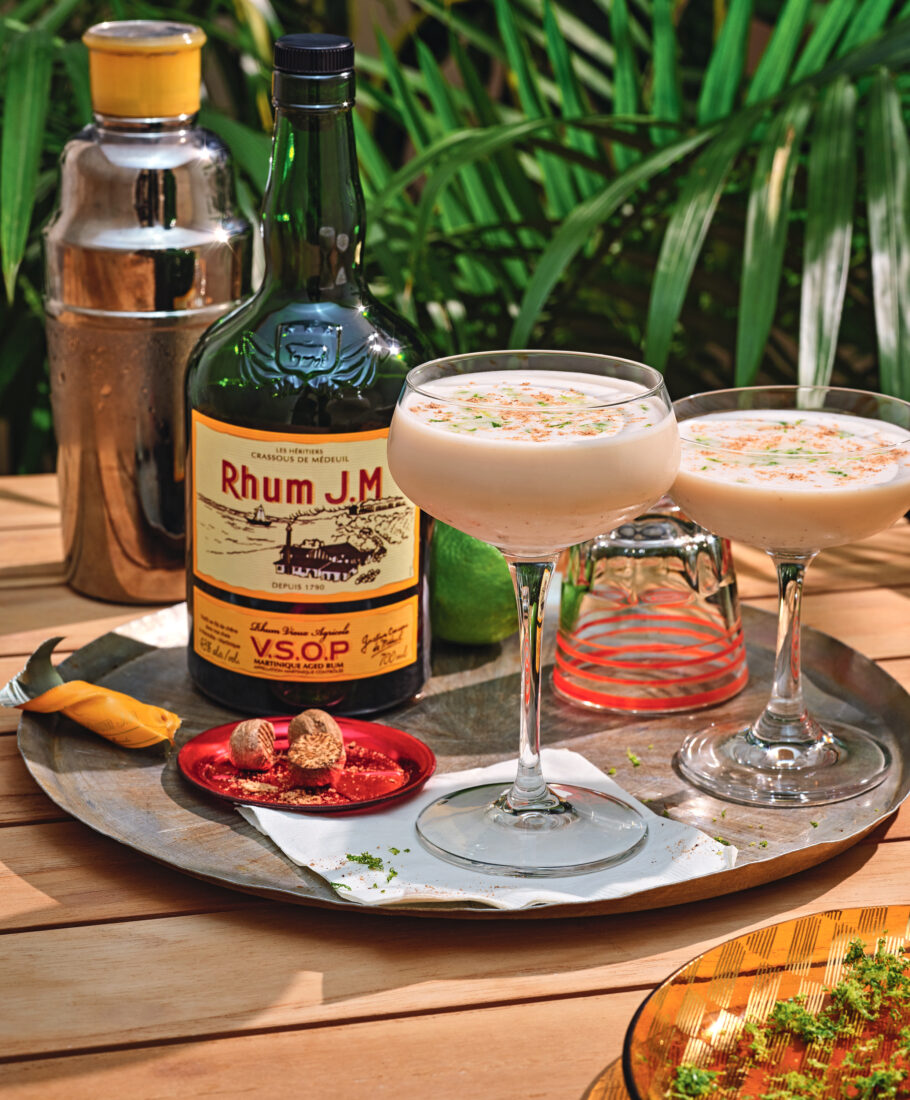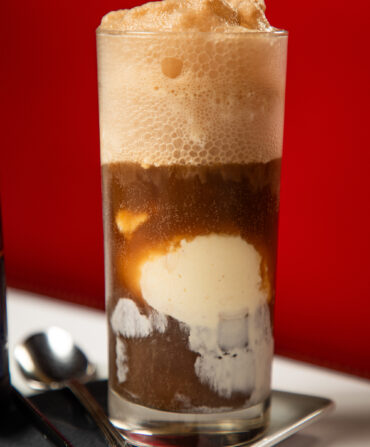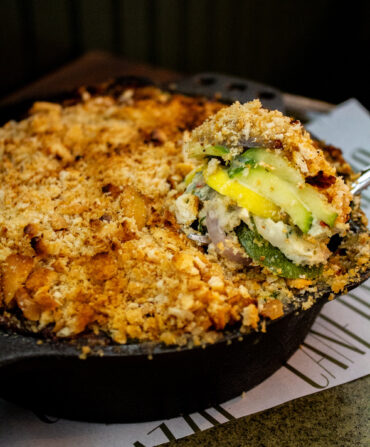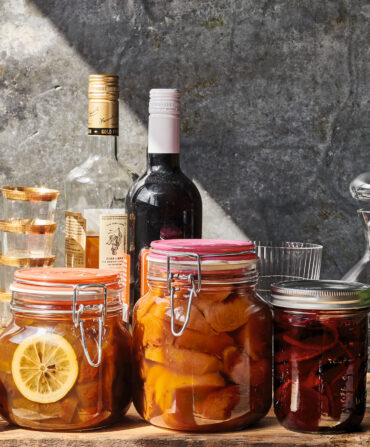Bartender Christian Favier got his first taste of punch coco on a visit to Martinique in 2019. He left intrigued—the drink was supremely tasty but wasn’t as well known as the French Caribbean island’s more famous ti’ punch, a simple mix of local rum, sugar, and lime zest. Favier began investigating, reaching out to punch aficionados and liquor importers to learn more. “All the available information was surface level,” he says. “Then you hit a wall and need to dig deeper.”

Long a rum fan, Favier worked for three years as beverage manager at the Ordinary in Charleston, South Carolina, where he more than doubled the prominent seafood restaurant’s rum selection to about 125 varieties. He’s now heading up the drinks program at Seahorse, a new Charleston bar from James London and Yoanna Tang, of the acclaimed restaurant Chubby Fish.
A luxurious mix of rhum agricole, coconut, sweetened condensed milk, and spices, punch coco has several cousins in the cocktail world. It’s distantly related to eggnog, the custardy holiday drink favored in Northern climates. It hews closer, however, to the coquito, the popular Puerto Rican beverage (also enjoyed during the holidays). Both island versions are made with coconut milk and rum, but the similarities end there.
In a coquito, coconut takes center stage, partly because Puerto Rican rums tend to be light and subtle. Martinique is known for its rhum agricole, which has been made there for more than a century, first as a way to add value to the island’s sugar crop at a time of falling prices. Brands such as Neisson, Rhum J.M, and Rhum Clément have long produced rum from fresh sugarcane juice rather than molasses, which is where most rums start. Agricole rhums have a grassier, bolder flavor that cuts through the coconut like a well-honed machete. “Punch coco is more complex,” Favier says. “I was looking for ways to highlight the natural flavors in spirits. Agricole rhum, especially when aged, has real depth.”
Another difference: While a coquito typically relies on cinnamon for spice, punch coco incorporates ginger and lime, resulting in a brighter, fresher taste. The outcome is dense, rich, and satisfying.
In his punch coco, Favier uses both aged and unaged Martinique rhums—the vegetal notes of the unaged variety add another layer of complexity and pair well with the coconut. The drink requires first preparing a spiced coconut cream, which will keep in the refrigerator for up to two weeks. This recipe is for mixing a single cocktail, though if you’re planning a gathering, you can make it in larger quantities and refrigerate it until guests arrive. You may find it even tastier after letting it mellow for a few days.
Punch coco makes an excellent dessert replacement—and brings a welcome taste of the tropics in winter—and is simple to prepare once the coconut cream is bottled. It may well fill a need in your life you didn’t realize needed filling.








